If you are planning a trip and wondering which month is best for Bali, the answer depends on what kind of experience you are looking for. Bali’s weather, events, prices, and crowds vary significantly throughout the year. Some months are suitable for those who enjoy sunbathing and water sports. Others are good for travelers who enjoy cultural exploration or quiet retreats surrounded by lush greenery. This guide will help you match your travel style with the right time of year to visit Bali.
Understanding Bali’s Weather First
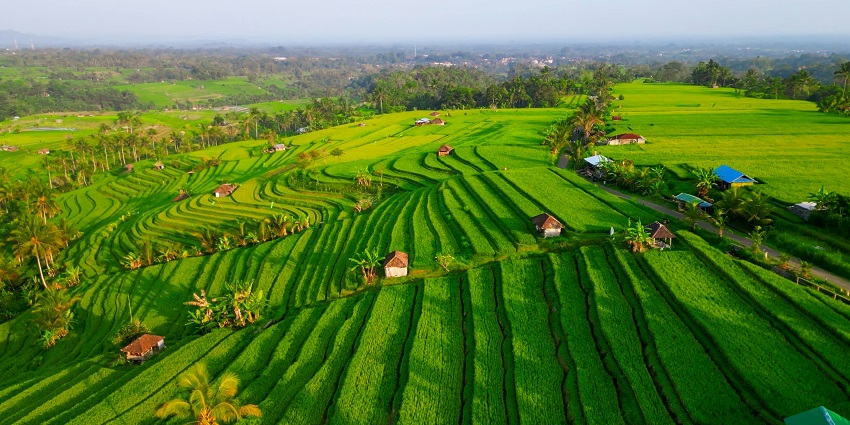
Photo: Aliona_25 / Shutterstock
Bali has a tropical climate with two distinct seasons. The dry season lasts from April to October and is marked by sunny days, low humidity, and calm seas. The wet season, which stretches from November to March, brings more rain and higher humidity, along with dramatic green landscapes and fewer tourists. Whichever month you pick, temperatures stay warm all year.
Dry Season And When Bali Shines Bright
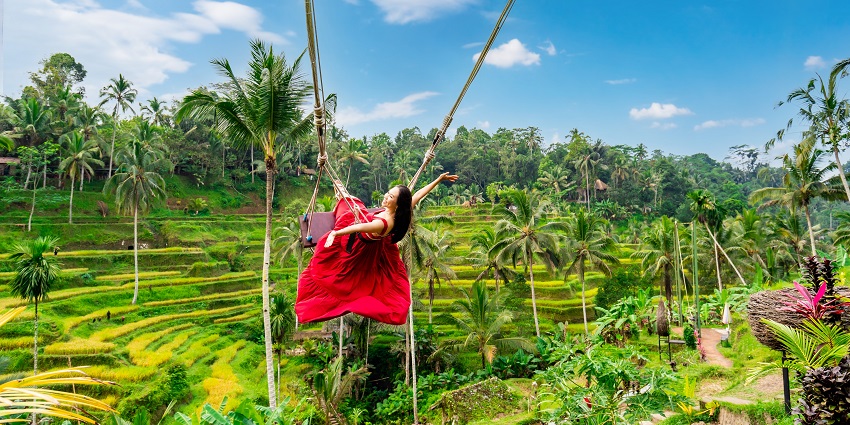
Photo: kitzcorner / Shutterstock
The dry season is when most visitors come to the island. If you want dependable weather, this period offers long, clear days that make sightseeing, beach outings, and nature treks enjoyable and hassle-free.
April To June: These months bring great weather with fewer crowds. You can enjoy rice field walks, early surf lessons, and peaceful cultural site visits.
July And August: These are the busiest times of the year. Beaches and landmarks are filled with families and international tourists. Prices also tend to be higher.
September And October: These months serve as a quiet bridge between seasons. The weather remains dry, but the island becomes calmer and more comfortable.
Wet Season And The Hidden Side Of Bali

Photo: Matej Kastelic / Shutterstock
If you are still unsure which month is best for Bali, consider what the rainy season offers. Although rains are more frequent from November through March, they usually arrive in short bursts. Mornings tend to stay clear, allowing for early outdoor activities before the showers come.
November And March: These months are perfect for travelers who prefer calm surroundings and want to avoid peak season rates. The scenery is fresh and full of color.
December Through February: These months see more rain, but the island’s spiritual and natural side becomes more pronounced. You will see waterfalls in full flow and vibrant forest trails.
How To Choose The Right Month For You
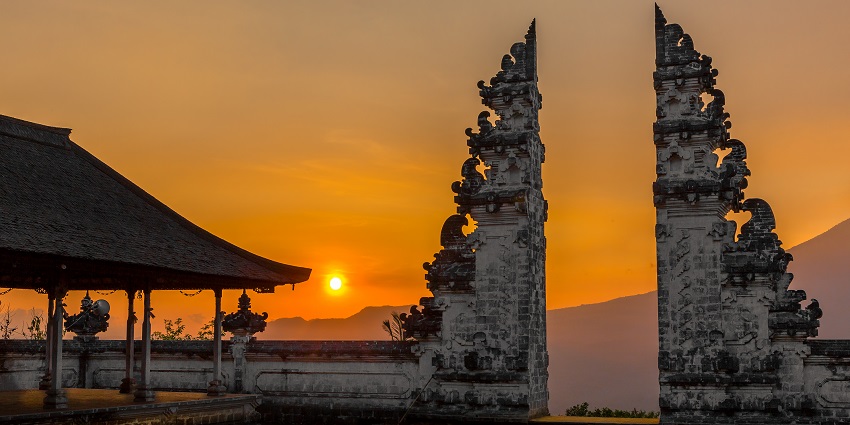
Photo: Shawn Eastman Photography / Shutterstock
Think about what you want from your Bali experience. Do you want lively beaches and sunshine? Then June to August is the right choice. Do you prefer calm mornings, cultural richness, and fewer crowds? March, April, and September work well. If you enjoy quiet mornings and vibrant green surroundings, consider the rainy months like November or February. Knowing which month is best for Bali depends more on your travel goals than on any calendar. With its range of moods and colors, Bali offers different gifts every month of the year.
Off-Peak Months That Offer Peace
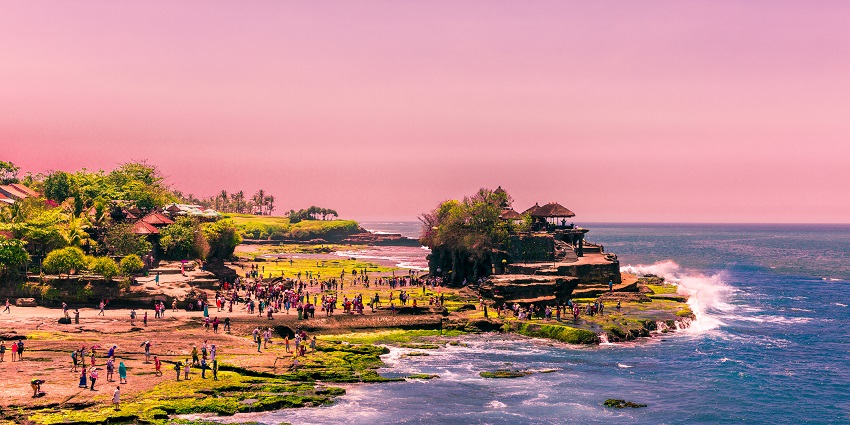
Photo: Shawn Eastman Photography / Shutterstock
For travelers who want slow travel, budget-friendly rates, and more room to breathe, months like February and November work best. You will find peace in the forests, enjoy better prices at resorts, and avoid the usual rush at temples and viewpoints. Even with rain, many of Bali’s best experiences remain fully accessible.
Cultural Events That Add Meaning
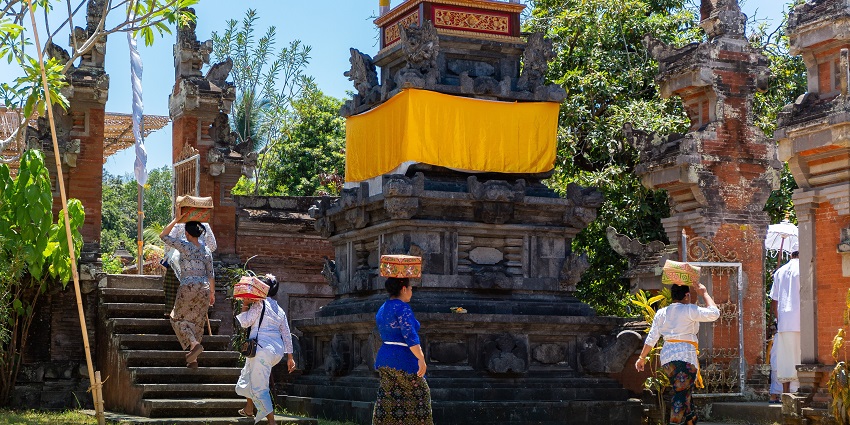
Photo: Shawn Eastman Photography / Shutterstock
Festivals and ceremonies are part of daily life in Bali. Nyepi, held in March, turns the island silent for a full day. No flights, no lights, and no activity – it is a time of meditation. Other celebrations like Galungan and Kuningan involve colorful rituals and public ceremonies that give deeper meaning to the island’s beauty. If your trip lines up with these events, you will see a side of Bali that goes far beyond beaches and cafés.
Extra Travel Tips For First-Time Visitors
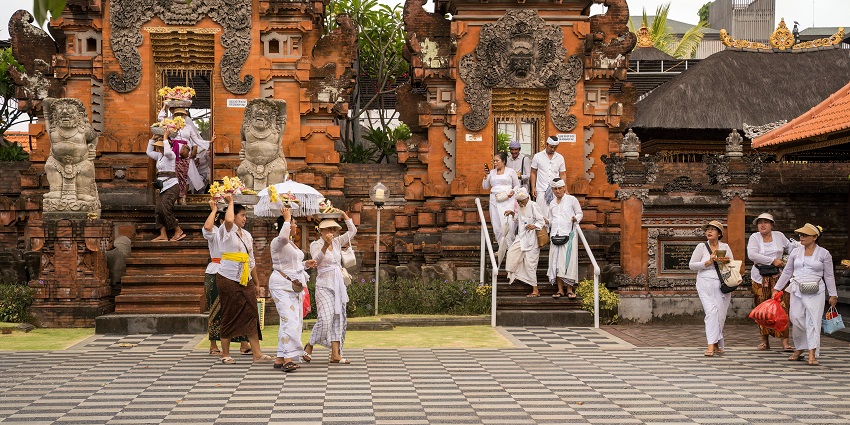
Photo: Arpan Bhatia / Shutterstock
If you are visiting for the first time, here are a few tips that may help you enjoy the island more:
- Plan ahead of traveling in July or August
- Bring light cotton clothing and a poncho during the rainy months
- Respect dress codes for temple visits by covering shoulders and knees
- Avoid plastic waste and carry a refillable water bottle
- Stay aware of local customs and cultural practices
If you are still asking yourself which month is best for Bali, remember that there is no wrong time to visit. Each month has its own energy. From the lively beaches of August to the soft rains of February, Bali remains open and inviting. Plan based on your preferences and you will see the island reveal its beauty in its own quiet, magical way.
Cover Photo: Daniel_Ferryanto / Shutterstock


 WhatsApp
WhatsApp
 Twitter
Twitter









